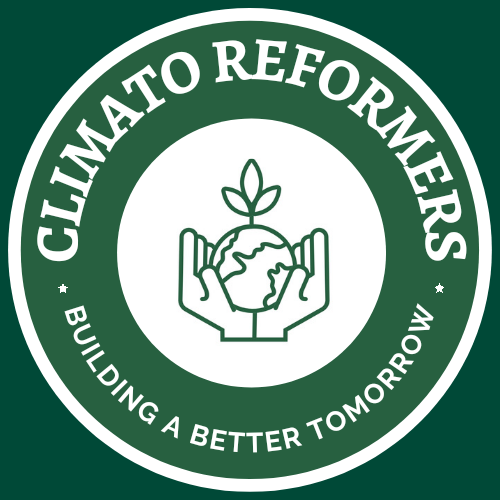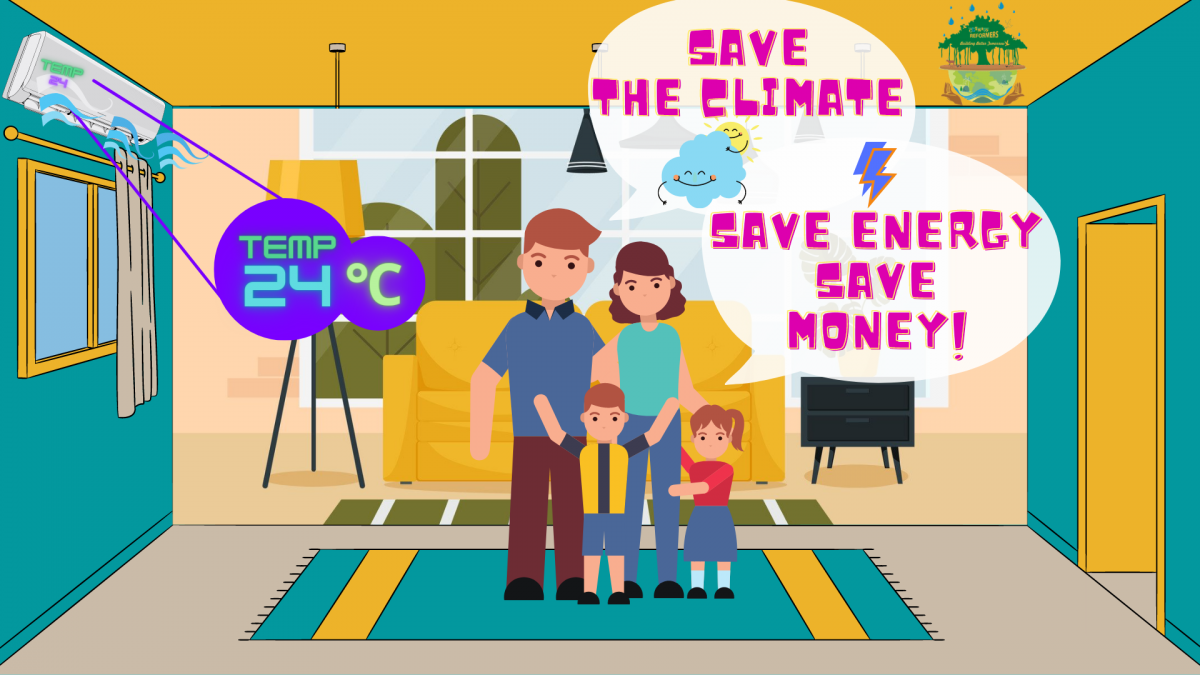MISSION 24
Run Your Air Conditioner at 24°C and Save Up to 25 % of Your Electrical Cost.
The Government of India launched a programme in the year 2018, stating the initial temperature of Air Conditioners to start with, is to be 24°C instead of the earlier parameters of 21°C. The AC manufacturing companies have been issued the revised guidelines to implement this system. The Idea of the programme came from the commercial practices of using air conditioners at 24°C throughout the day as it is the most comfortable temperature and best suited for humans. It was noticed that once the air conditioner was set to a temperature of 24°C, it was not changed the entire day as the employees felt comfortable enough in the created atmosphere. Thus the concept was researched upon and new guidelines were launched in the year 2018 and Climato Reformers has taken an initiative to promote this programme as Mission 24.
The Electrical Consumption of Air Conditioning Systems Accounts for 30 – 40 % of Total Energy Consumption. A substantial amount of electricity can be saved if the temperature of an air conditioning system is set at 24 degree Celsius. The technical analysis done by reputed institutions indicates that, in order to achieve desired comfort level in a steady state, the temperature can be set between 24 – 25 degree Celsius, promoted as Mission 24, with due consideration to the parameters like humidity, air flow etc.
Save your Money by Efficient Energy Practices and Contribute in Climate Preservation with MISSION 24.

Setting an optimal temperature of 24 Degree Celsius in Air Conditioners would save considerable energy and would also be beneficial to human health. It has been estimated that changing the temperature from conventional 20-21 degree to 24-25 degree Celsius can result in approximately 25% of average energy savings. India would be able to reduce the GHG emission of approx. 8.2 million tonne of C02 per year. Overall potential for energy conservation through such measures could be to the tune of over 10 billion units (worth Rs.5,000 crores) annually, even if 50% consumers adopt optimum temperature settings.
In view of the above mentioned potentials for energy conservations on account of optimal temperatures setting for ACS, the Bureau of Energy Efficiency (BEE), a statutory body set up under the provisions of the Energy Conservation Act, 2001, has issued necessary guidelines recommending the above mentioned optimal temperature settings. A copy of the guidelines along with a concept note in the matter is enclosed.
Ministry Of Power – India
Ministries/ Departments of Government of India and their attached offices/ PSUs/Autonomous Institutes/Statutory Bodies will be taking a lead in this endeavour by setting an example for public at large towards optimized temperature setting. This would play a vital role in enabling our country to achieve the target of reducing the emission intensity of its GDP by 33 to 35 percent by 2030 from 2005 level, in line with India’s commitments under the Paris Agreement on Climate Change. I shall be grateful if your Ministry/Department consider the above mentioned guidelines for implementation and also impress upon the organizations under your Ministry/Department for similar action. We are also undertaking a media campaign for generating awareness in this regard.
Residential Buildings Consume More Electricity as Compared to Commercial Buildings.

As the graph shows, electricity consumption will increase for residential sector to about 707 BU till 2030, from 247 BU in 2015, which is approximately 1.86 times of consumption in 2015. In case of commercial buildings, electricity consumption will increase to 162 BU in 2030 from 93 BU, which is about 74% of consumption in 2015. Together these sectors will consume about 850 BU, which is more than 70% of present electricity consumption. With implementation of policies like 24×7 and power for all, this consumption may further increase.
It is estimated that by increase in temperature of room by 1 degree Celsius, we can save about 6% of electricity.
According to the demand of 80 million TR and average performance of 1 kW per TR, we can save about 4.8 million units of electricity every hour of usage in our country. Managing such optimal temperature would not only save electricity but may also be beneficial to human health. Typically, room temperature is set between 20-21 °C whereas ideal temperature is 24-25 °C. Considering change from 20 °C to 24 °C, there is potential to increase at least 4 °C, which will lead to savings of about 24% of electricity. Hence, India can save about 23 billion units of electricity only by simple measure of temperature setting to 24 degree Celsius. If there is be change in behaviour of 50% of users, it will translate to energy savings of about 10 billion units of electricity.
In this context, Bureau of Energy Efficiency, Ministry of Power recommends following to the consumers :
- All consumers of commercial buildings are suggested to maintain the internal temperature between 24-25 °C with appropriate humidity and airflow to conserve energy and for the health benefits of occupants, subject to operational and functional requirement.
- These guidelines are mostly applicable for large premises such as Airports, Hotels, Shopping Malls, Offices and Government Buildings (Ministries & attached offices, State Government, and Public Sector Undertakings), having huge potential for savings.
- Personnel responsible for operation and maintenance of air conditioning/cooling system may be suitably counselled to maintain such parameters without adversely affecting the comfort conditions.
- Above guidelines may not be applicable for premises where specific ambient conditions are required e.g. health care facilities/operation theatres, Food processing installations/Data Centres, etc.
- The consumers may also take any other appropriate measures to save energy.
- Any deviation of such Guidelines should normally be considered with the approval of head of the organization.
Thu above-suggestions are not-applicable for Winter climatic conditions.
It is requested that these guidelines may be circulated to all commercial buildings like Airports, Hotels, Shopping Malls, Offices, Government Buildings and Public Sector Undertakings.
Bureau Of Energy Efficiency – Ministry Of Power, INDIA.

